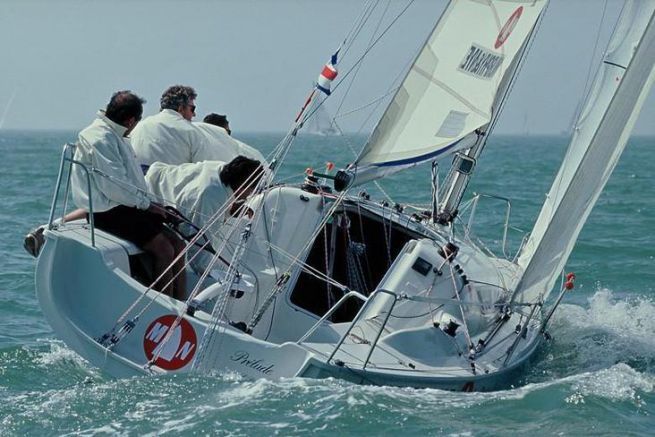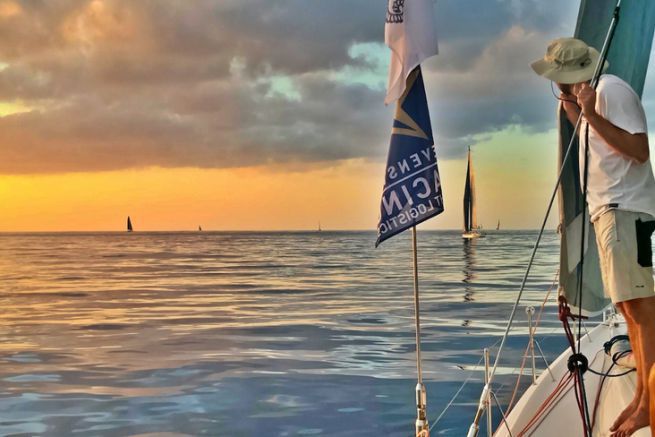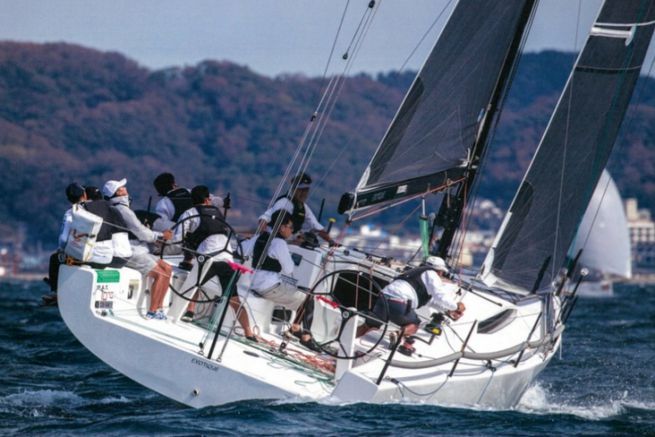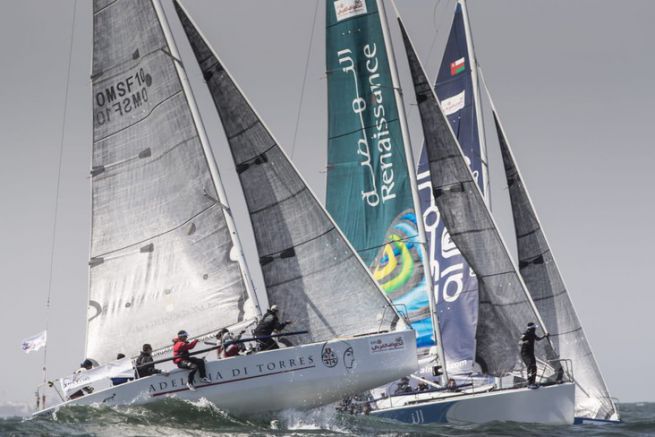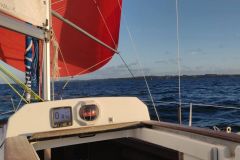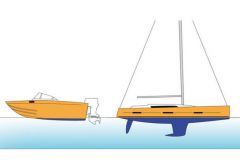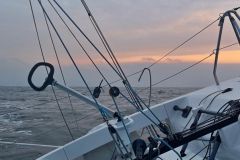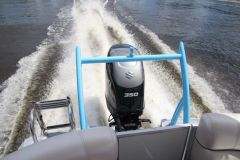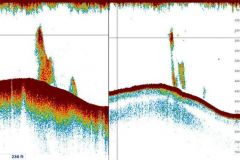Fascinating and complex, this is what characterizes the wind gain
We often talk about VMG, which is the virtual closing speed of the boat if it went straight to the mark. For the same VMG, some will sail close to the wind and quite slowly while others will sail more downwind, but faster. What is the best choice? The answer often depends on the boat.
Overall, sailboats have very different windward capabilities. Some are designed for very light winds and will have difficulty surviving beyond 20 knots. Others are optimized for breezes and you should not expect anything from them below 8 knots.
But even worse, we often observe that for identical boats, the cut of the sails plays on the capacity to capture.
And that's not all, the multiple adjustments of the sailboat are not useless, their mastery will significantly affect the performance.
So, back on land, on the pontoons or in the bistro, we often hear, like a cry from the heart: " But why can't I get it?!?"
The multitude of probable reasons makes this question particularly difficult to answer. Is it the boat, the sails, the settings, the crew, the skipper? And the fundamental differences between boats, inherent to the IRC, make comparisons more than hazardous. Let's admit that in this game, the one-design allows a more readable diagnosis: if you are bad upwind, it's not because of the boat!
However, there are rules that allow you to avoid the worst, and even to shine in a regatta. To answer the question "Why can't I set a course?", we have divided the problem into 4 parts:
- Succeeding in making a course in light airs
- Successfully navigating in unstable winds


